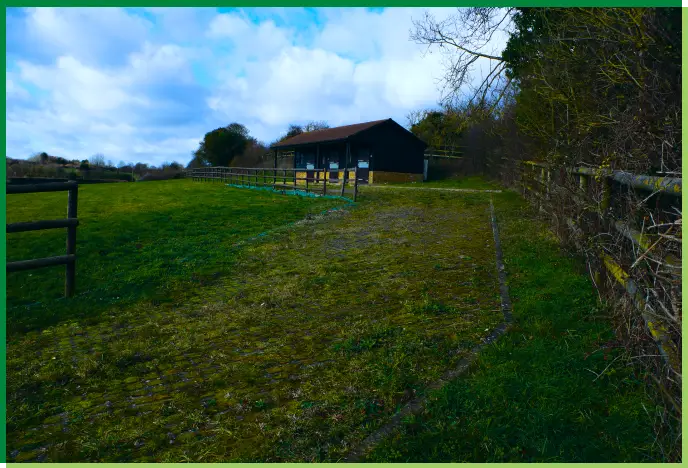Biodiversity Net Gain- How to obtain a BNG of more than 10% For Your development.
Biodiversity Net Gain (BNG) is an approach and requirement for development to leave biodiversity in a better state than before. It’s about more than just minimizing environmental harm; it’s about making a positive contribution, gnerally of +10% BNG (or more), to nature and our ecosystems. The Environment Act 2021 sets out the requirements for Biodiversity Net Gain for future developments.
GET A FREE QUOTE
How can we help Today?

What is Biodiversity Net Gain?
BNG is a principle that ensures development projects result in a net gain in biodiversity. This means that the biodiversity value after the development will need to be higher (+10%) than before the development took place. It’s a way of ensuring that our actions today don’t lead to a loss of biodiversity for future generations.
In the world of Biodiversity Net Gain (BNG), metrics play a crucial role. They provide a standardized way to measure before and after site biuodiversity and to compare these biodiversity values, enabling us to quantify the impact of each potential development project on biodiversity to ensure that they result in a net gain, generally of at least +10% post devlopment. The LPA planner,with expert input from the LPA ecologist, will then check the project’s BNG contribution and assess whether the project will bring a +10% BNG.
Exemptions
There are some exemptions from the requirement to show a Net Gain.General Permitted Development. If your project is exempt from the TCPA under the Town and Country Planning (General Permitted Development) (England) Order 2015, then it is also exempt from the requirement for Biodiversity Net Gain.If your proposals are for the following, for example for:
-
marine sites; -
development that ‘results in negligible… or minimal impacts to low or medium distinctiveness habitats’ ; -
householder applications such as building extensions; -
change of use applications; -
schemes covered by the Transport and Works Act 1992 and Highways Act 1980.
Pre-development biodiversity units
You will require a suitably qualified ecologist (or SQE) to undertake a survey of the site. Much like a PEA or Phase 1 Habitat Survey, the Metric requires that habitat type be recorded along with:
-
habitat area; -
habitat distinctiveness; -
habitat condition; -
ecological connectivity; -
strategic significance; these need to be done by an ecologist.
For the post-development Metric calculation, all the above criteria are used along with:
-
timescales; -
specific task difficulty; -
spatial risk on each project; -
The spatial risk multiplier (SRM) is a rule-based system that determines the number of off-site biodiversity units a developer may need to purchase to get BNG. The SRM favours off site units closer to development site.
If you have any questions or need answers to your queries, call Landvision now on 01892 782200 to discuss your site.
